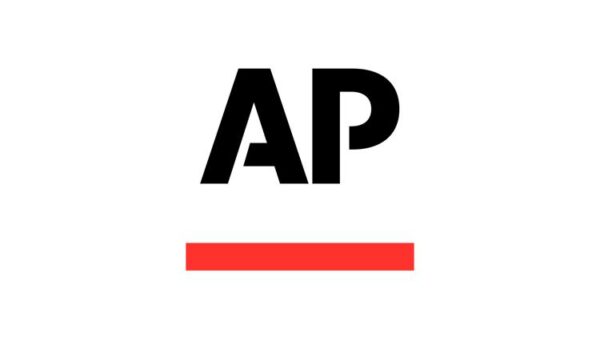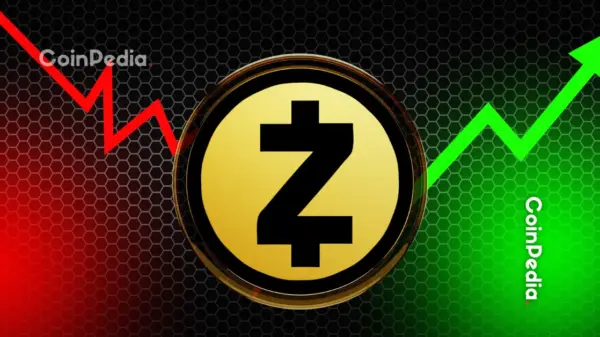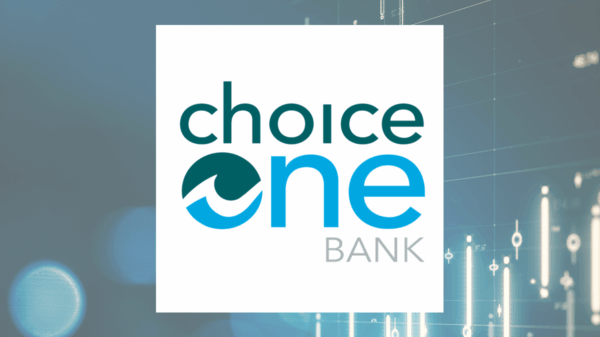In a significant shift within the containerization landscape, developers are increasingly moving from Docker to Podman, drawn by its enhanced security features and efficiency. A recent article on the tech blog CodeSmash highlights this trend, detailing the author’s personal transition to Podman. The author cites advantages such as a daemonless architecture, which reduces vulnerabilities and resource overhead commonly associated with Docker.
Podman’s architecture, which operates without a central daemon, provides a noteworthy security enhancement. Unlike Docker, which can introduce a central point of failure, Podman allows containers to run with user-level privileges. This design minimizes the attack surface, making it particularly appealing to security-conscious teams in enterprise environments where compliance is crucial.
Performance and Resource Management
The efficiency of Podman also stands out in discussions about resource management. According to the CodeSmash article, Podman consumes fewer resources than Docker, which often relies on a persistent background service. This can hinder performance, especially during development. Users on platforms like Hacker News have echoed this sentiment, with one contributor praising Podman for its ease of use and its lack of licensing concerns, making it an attractive option for companies looking to avoid Docker’s commercial constraints.
Podman’s compatibility with modern workflows enhances its usability further. Its seamless integration with Kubernetes pods enables developers to replicate production environments more accurately, eliminating the need for Docker’s intermediaries. This capability simplifies the transition from local development to cloud deployments, greatly benefiting DevOps teams managing complex microservices.
Security Advantages and Community Support
A closer examination of Podman reveals its rootless mode, which allows containers to run without elevated privileges. This addresses a significant criticism of Docker, where the daemon can potentially be exploited if compromised. Discussions within the r/podman community on Reddit highlight user experiences, with many praising Podman’s robust security posture compared to Docker’s. Moreover, Podman’s compliance with the Open Container Initiative (OCI) ensures compatibility with Docker images without requiring conversion, facilitating a smoother adoption process.
Podman also integrates tightly with Linux-native tools such as systemd, further enhancing its appeal for server-side deployments. Unlike Docker, which imposes its management layer, Podman utilizes existing system services, leading to more stable and predictable operations. Recent discussions on Hacker News have indicated that users experience faster and more reliable setups with Podman, even in cost-sensitive environments like EC2 instances.
Despite these advantages, transitioning to Podman has not been without challenges. Some developers have noted early issues with Docker Compose compatibility, although recent updates have introduced tools like Podman Compose to bridge this gap. Community-driven development has rapidly addressed many of these hurdles, while some critics remain skeptical, preferring traditional virtual machines over container technology.
The licensing landscape has played a pivotal role in driving this transition. Docker’s shift to paid models for its Desktop versions has led many, including teams referenced in a Medium post by The Latency Gambler, to explore Podman as a free, open-source alternative. This shift allows organizations to avoid vendor lock-in while maintaining the necessary functionality.
Ultimately, the narrative emerging from CodeSmash illustrates a tipping point in container best practices. With a growing number of developers acknowledging Podman’s advantages in security and efficiency, the transition from Docker to Podman could be a strategic move for enterprises aiming to future-proof their operations in an increasingly distributed computing landscape.




































































